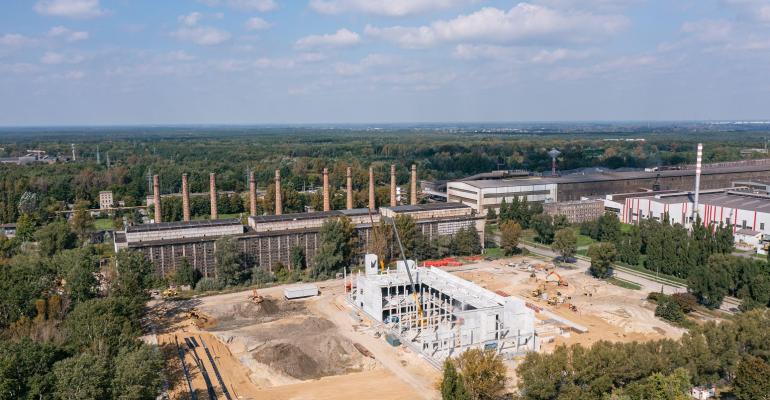In most cases, data center operators decide where to build data centers based on factors such as the cost of construction in the potential areas, the proximity of the data center to end users, and the types of energy sources available to power a data center in a certain area.
One important factor they don't always think about, however, is how climate change could impact their data center depending on the location they choose. In a variety of ways, changes to the climate could make today's top data center locations much less attractive in the future, and operators who want to avoid unforeseen problems should be taking steps now to get ahead of changing climate trends.
Here's a look at what the data center industry should consider when deciding where to locate data centers in order to remain resilient against climate change.
How Climate Change Impacts Data Centers
Climate change can affect data centers in a variety of ways:
- Increased cooling costs: Cooling systems are one of the most energy-hungry components of data centers, and increased rates of drought and heat waves will only intensify this challenge.
- Increased energy costs: Energy costs of all types for data centers may increase due to higher energy pricing from utility companies, which are likely to charge more if, for example, droughts lead to a lower ability to generate electricity using hydro power. Clean energy, which many data center operators seek in an effort to lower their carbon emissions, may become especially more costly.
- Flooding: Data centers constructed in locations prone to flooding as oceans rise and extreme weather events become more prevalent are at a greater risk of disruption.
- Insurability: Insurers have already begun refusing to insure certain types of properties in particular areas due to risks associated with the climate. Data center operators have yet to report struggles getting insurance, but this may become an issue in the future.
- Increased sustainability pressures: The data center industry is already in the crosshairs of environmentalists, who increasingly cite data centers as major contributors to carbon emissions. That criticism will probably only grow more intense if debates about climate change gain even more prominence.
For all of these reasons, now is the time for data center operators to begin thinking about building data centers that can survive a changing climate.
Data Center Location as a Key Step in Climate Change Success
There are many ways in which the data center industry can respond to these challenges. It can continue to invest in strategies that increase data center sustainability, for example, and deploy technologies that help mitigate damage from floods and other natural disasters.
But perhaps the single most effective — not to mention least costly — way to make data centers resilient against climate change is simply to place them in locations where they are less prone to the negative impacts of a changing climate. The ideal data center location in the age of climate change is one that:
- Enables sourcing of clean energy under any climate conditions. Data centers that can rely on a combination of solar and wind power are well-positioned in this regard, since dry and calm weather facilitates solar energy production, while wind speeds tend to increase during wetter and stormier periods.
- Is not prone to flooding, even with higher sea levels.
- Is not in a region where insurers are likely to charge higher rates, or refuse coverage altogether.
The bulk of data centers constructed don't meet all of these conditions. In recent years especially, the data center industry has focused on building facilities in densely populated coastal areas, like California and Northern Virginia. Those regions may not be at the very top of the list of locations that will suffer the most from climate change, but they're not the most resilient, either.
Better locations for data centers in the age of climate change are inland regions that aren't close to major waterways, and where multiple types of clean energy can be sourced easily. Going forward, data center operators who want to stay a step ahead of climate change are likely to focus on building facilities in those types of areas. They may be farther from population centers, but they're also less likely to be destroyed by natural disaster.
Conclusion
Until relatively recently, the climate wasn't a major factor in deciding where to build a data center. But that has changed, and smart organizations should be on the lookout now for ways to increase the climate resilience of their data centers. The most effective way to do that is to choose locations that are naturally resistant to the negative effects of a changing climate.
.png)




